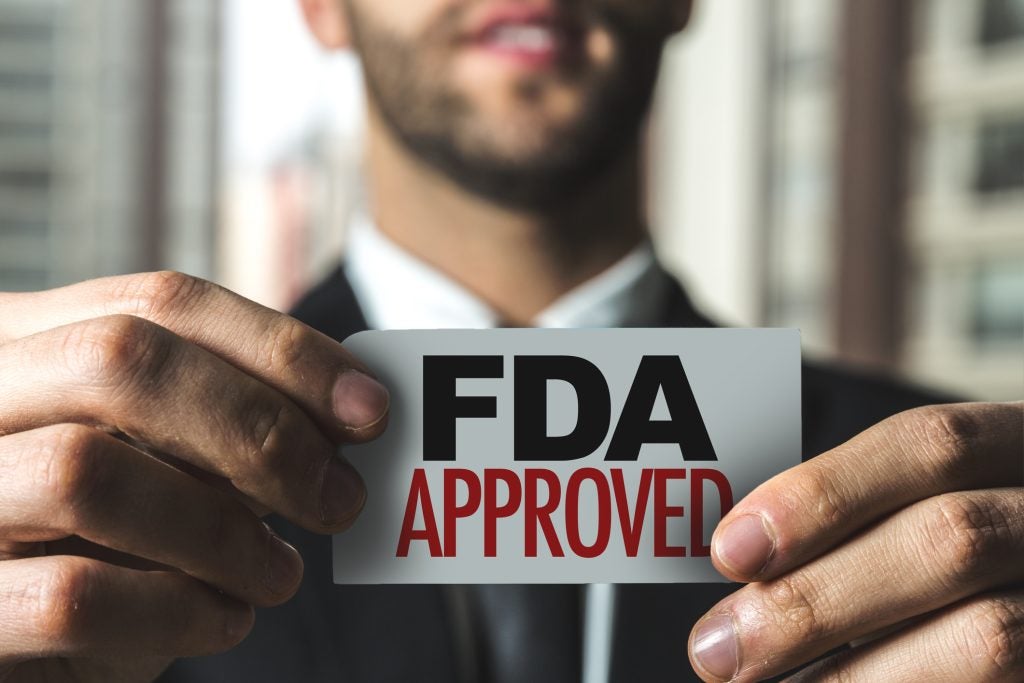For many years, the market for orphan drugs has reflected an unwritten agreement that small patient numbers could allow public and private insurers to maintain reasonable access to orphan drugs despite much higher prices. Innovation was given suitable rewards, and employers and insurers could absorb high per-patient costs without seeing destabilizing impacts on their overall budgets.
However, orphan drugs are no longer a small minority of drug approvals, and the number of new regulatory submissions for overall orphan indications is at an all-time high.
No coverage is becoming more common. Based on insight from multiple colleagues discussing implications of real-world market decisions, category or condition no coverage provisions has increased three-fold over less than ten years. To address the role of insurance risks and reimbursement, communication between employer plan sponsors and clinical practice entities, and providing insights on market access for cell and gene therapies and rare disease products, will be key.
Development trends
The National Organization for Rare Diseases (NORD) estimates that approximately 30 million Americans are affected by one of 7,000 rare diseases.
In the past two decades, price tags for the costliest therapeutics for rare diseases have increased five-fold, from $200,000 per patient per year—for example with, Alexion Pharmaceuticals’ Soliris (eculizumab) for paroxysmal nocturnal hemoglobinuria)—to over $1 million for therapies like uniQure NV's Glybera (alipogene tiparvovec), for lipoprotein lipase deficiency.
As per an analysis by Express Scripts of orphan drugs on its formulary, four orphans are priced over $70,000 for a 30-day supply, or $840,000 annually. An additional 29 orphan drugs are listed for at least $28,000 for a 30-day supply, or more than $336,000 a year.
High-cost low-volume therapeutics
Historically, higher prices for orphan drugs have not been associated with more significant barriers to insurance coverage or medical benefits, partly because insurers widely recognised that even very high prices, when multiplied by small patient numbers, would have a limited impact on budgets and insurance premiums.
In addition, there has always been a strong societal impulse to prioritise treatments for severe conditions that are inherited, and disproportionately affect the very young. This impulse is strong, reflecting what ethicists have called the "rule of rescue."
For private commercial purchasers in the US, the increase in orphan drug approvals, often contingent on less-than-robust evidence, coupled with rising prices and frequent expansion beyond orphan indications, has created an atmosphere of deep concern. A survey of leaders at seven private sector commercial insurers (plans), which comprise 75% of the US market, found that over two-thirds were concerned and monitoring the current orphan drug pipeline. Despite this concern, most respondents reported that their strategic plans to manage orphan drugs are either in the earliest stages of development—initial dialogue with providers and facilities, or they are unsure of what to do. Most plans reported the use of prior authorisation requirements tied to FDA labeling, but relatively few described other utilisation management efforts such as requirements for genetic/diagnostic testing or ongoing monitoring for clinical improvement, and most were yet to determine the methods for assessing the potential economic impact of orphan drugs.

Cell and gene therapy costs
The private sector or the commercial market, incorporate many segments, but is dominated by employers who directly purchase or mainly provide self-funded health insurance programs. Employers as a sector include businesses, municipalities or state programs, and unions. Over half of the US market is represented by employer purchasers covering the US population.
The goal for employers, relative to healthcare coverage, is to optimize both clinical and financial outcomes. The cost of cell and gene therapies has significant implications for employers. For one, when employers provide health insurance coverage to their employees, the cost of cell and gene therapies can contribute to increased premiums, which can directly impact the employer's healthcare budget, requiring them to allocate more funds toward employee benefits.
To manage higher costs of specialised cell and gene therapies, employers may need to choose which are covered, what percentage of the cost is shared with employees, and whether there are any limitations or restrictions on coverage. This can involve negotiations with insurance providers and balancing the needs of employees with the financial impact on the organization.
The high cost of these therapies may require employers to allocate additional funds specifically for covering these treatments, potentially leading to trade-offs in other areas such as market access through plan design or coverage policies.
While the upfront cost of cell and gene therapies may be high, they can potentially provide long-term cost savings. By effectively treating or potentially curing certain diseases, these therapies can reduce the need for ongoing, costly treatments, hospitalizations, and management of disease-related complications.
While providers are sensitive to quality metrics, for example important quality-of-life impacts, employers do not tend to use that as a primary measure
Why employers matter: The 2023 outlook
Insurance, specifically stop-loss or reinsurance, is increasingly central for access to biomanufacturer therapies. Medical stop-loss carriers have seen significant increases in the frequency of claim severity.
For example, the insurance company QBE's percentage of employers with at least one member having a claim over $1m leaped from 3.5% in 2018 to 12.4% in 2022 (3.5x). Industry reports from this year, primarily lay this acceleration on cost and utilization inflation post-Covid-19, which is expected to continue. However, injectable pharmaceuticals, particularly for neoplasm claims, have increased healthcare costs and led to the highly discussed emergence of innovative cell and gene therapies with very high average per patient costs.
The future view on new gene and cell-based therapies is largely positive with their value verified as durable and often offering life-saving solutions for previously untreatable medical conditions – at the end of 1H 2023 there are nine gene therapies and 21 cell therapies approved by the FDA with well over 3,500 in the FDA pipeline, and all will require health technology assessments and network contracting by every plan.
Unfortunately, the current ecosystem is entrenched and consolidated with participants that spend excessive monies to third parties to manage patient utilisation, which destroys quality. By contrast, the top 20 medical stop loss insurers represent 80% of the approximately $32bn market, covering about 65% of covered workers in the US in 2022.
Medical stop-loss coverage is exponentially expensive primarily as it must be compensated as a "leveraged trend”, which must determine profitable premiums today that are developed using conservative, actuarial analysis mostly from a retrospective model. Current product development and approval speeds outstrip the actuarial process to adapt for risk coverage.
A unique opportunity for an integrated approach can help shape models and market positioning leading to the development of solutions to maximize market access, product acceptance, and create a "win-win" for all participating stakeholders. As a convener with other collaborators in the marketplace, achieving effective alignment around holistic solutions that can deliver benefits to all concerned.
In the next column, we will address how innovators can be more strategic and effective in thinking about reimbursement sooner rather than later.
F. Randy Vogenberg is a principal at the Institute for Integrated Healthcare (IIH) where he focuses on collaboration across the U.S. health ecosystem. His projects encompass commercial employee benefits, insurance innovation, strategic applied outcomes research, and address high-cost medical benefits care – including for cell and gene therapies.














